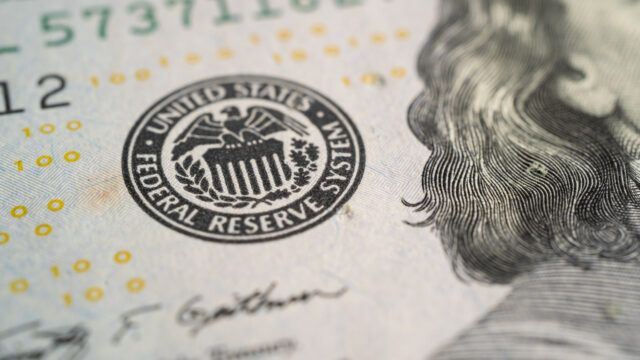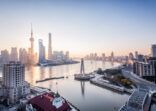Given the risks for assets on both the upside and the downside, global investment firm T Rowe Price is urging investors to avoid taking large positions as markets head into 2024.
Whether or not the recent rally in bonds and equities is sustained next year depends on if inflation is contained, if global markets fall into recession, and if central bank policies take a hawkish or dovish stance.
“This is not a time to ‘be a hero’ and take large bets in asset allocation,” said Thomas Poullaouec, T Rowe Price’s Apac head of multi-asset solutions.

“The global market environment is now in a ‘wait and see’ mode, with continued uncertainty about both inflation and recession risks as the Fed considers its next move.”
While a recession was widely anticipated in 2023, it appears to have been postponed or entirely avoided, which has been a welcomed reprieve to asset classes as the year progressed.
“The current environment, as far as asset prices are concerned, is as good as it gets, especially in the very short term,” Poullaouec (pictured) told a recent media briefing in Hong Kong.
“We think that there could be a more mixed picture in 2024, but that doesn’t mean a bear market is envisaged, as long as we avoid a recession.”
Thus, he urged caution until there is clarity from the US Federal Reserve, especially since its monetary policy has been a major driver of returns for almost all asset classes since the pandemic hit markets in 2020.
“There are as many risks as there are opportunities and we want to wait for a pivot from the central banks before we take a more active position,” he added.
He also noted that investors need to be wary of another bout of inflation, given its importance to central bank policy decisions.
“So you will see that in our portfolios we maintain an exposure to inflation sensitive assets, because we believe that it’s very rare that you have only one wave of inflation,” Poullaouec explained.
Beware of a second inflation wave
Indeed, the multi-asset strategist said he would not be surprised to see a second wave of inflation sometime in 2024 due to supply side pressures and tight labour markets.
“That could be a risk for markets if you see inflation being more entrenched than what is priced-in, because that would lead markets to reprice some of the expectations of central bank cuts,” he warned.
Ernest Yeung (pictured below), manager of T Rowe Price’s emerging markets discovery equity strategy, also expects inflation to be sticky, but more so over the next decade.

He attributed this to the fact that the past decade’s low inflation in the US was due to cheap imported products from China, amid rising costs of local US-produced goods and services.
He pointed to rising hospital, insurance and education costs in the US (which are all domestic industries) and compared it with cheap electronic goods and clothing (which have been predominantly imported from China), emphasising the potential for rising prices as global supply chains shift away from the region.
“Some of those prices will start to go up because we need to duplicate the supply chain — that is, prices have to be higher to justify those economic return,” he said.
“So, as the world’s starts to de-globalize, I think that all of these cheap deflating industries will have prices going up.”
Additionally, Yeung also expects a new investment cycle from governments and corporations to address the previous supply imbalances and to stimulate growth, particularly in the context of the global push for a green transition.
“In the next 10 years, we are likely to see an enhanced investment cycle from governments and from private enterprises, because inflation is coming back and I think a lot of government will use fiscal spending to boost investment,” he said.
“When you add all these together that basically means the world needs to invest a lot more in fixed assets,” he added. “That’s something that we have not seen in the last 10 years.”

















